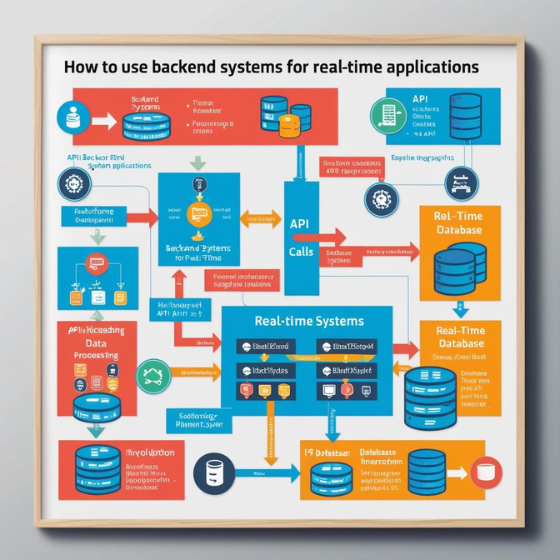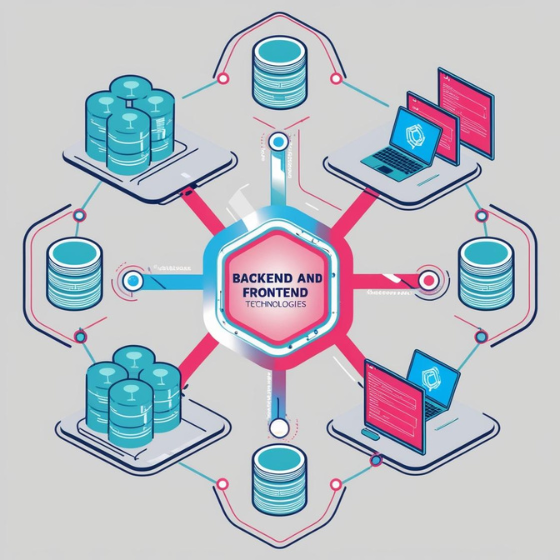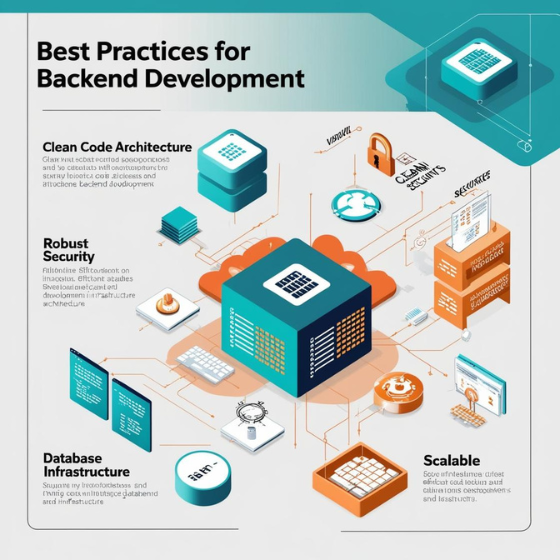In the modern landscape of software development, microservices architecture has emerged as a powerful paradigm for building scalable and maintainable applications. By breaking down a large application into smaller, loosely coupled services, organizations can achieve greater flexibility, scalability, and resilience. Node.js, with its event-driven, non-blocking I/O model and lightweight footprint, has become a popular choice for developing microservices. This blog explores the role of Node.js in microservices architecture, highlighting its advantages, best practices, and real-world use cases.
Understanding Microservices Architecture
What is Microservices Architecture?
Microservices architecture is a design approach where a single application is composed of multiple small, independent services. Each microservice handles a specific business function and communicates with other services through APIs. This approach contrasts with traditional monolithic architectures, where all components are tightly integrated into a single application.
Benefits of Microservices Architecture
Microservices offer several advantages, including:
- Scalability: Individual services can be scaled independently based on demand.
- Flexibility: Different services can be developed, deployed, and maintained separately, allowing for diverse technology stacks.
- Resilience: Failure in one service does not necessarily affect the entire application.
- Faster Development: Teams can work on different services concurrently, accelerating development cycles.
Node.js: A Natural Fit for Microservices
Non-Blocking I/O and Event-Driven Architecture
Node.js’s non-blocking I/O model and event-driven architecture make it ideal for microservices. Its ability to handle multiple concurrent operations without waiting for any single task to complete ensures efficient resource utilization. This design allows Node.js to manage high volumes of simultaneous requests, making it well-suited for microservices that need to interact with numerous APIs and handle extensive data traffic.
Lightweight and Fast
Node.js is known for its lightweight and fast execution. Its single-threaded event loop model ensures that it can handle many connections simultaneously without incurring significant overhead. This efficiency translates into faster response times and lower latency, which are crucial for microservices that need to communicate quickly and reliably.
Modular and Scalable
The modular nature of Node.js fits perfectly with the microservices approach. With a rich ecosystem of npm (Node Package Manager) modules and libraries, developers can easily integrate various functionalities into their services. This modularity supports the development of independent microservices that can be scaled and managed individually.
Advantages of Using Node.js in Microservices
High Performance
Node.js’s asynchronous processing model allows it to handle multiple tasks simultaneously without blocking the main thread. This performance benefit is particularly valuable in microservices, where services often need to interact with external APIs, databases, and other services. Node.js’s ability to manage these interactions efficiently contributes to the overall performance of the microservices architecture.
Easy Integration
Node.js’s extensive ecosystem includes a vast array of libraries and frameworks that facilitate integration with various technologies and services. This flexibility is essential for microservices, which often need to interact with different data stores, messaging systems, and third-party services. Tools like Express.js, for example, simplify the creation of APIs and service endpoints.
Rapid Development and Deployment
The simplicity and speed of development with Node.js enable rapid prototyping and deployment of microservices. Its single-threaded nature, combined with non-blocking I/O, allows developers to write less code and deploy services more quickly. This agility is beneficial in microservices architecture, where frequent updates and deployments are common.
Best Practices for Using Node.js in Microservices
Design for Scalability
When building microservices with Node.js, it is crucial to design services for scalability. This involves ensuring that each microservice can handle varying loads and can be scaled independently. Implementing strategies such as load balancing, horizontal scaling, and efficient resource management can help achieve this goal.
Implement API Gateway
An API gateway acts as a single entry point for all client requests, routing them to the appropriate microservices. It can handle authentication, load balancing, and API aggregation. Using an API gateway with Node.js helps manage and monitor requests, streamline communication between services, and enhance security.
Use Asynchronous Communication
Microservices often communicate with each other using asynchronous messaging systems. Node.js’s support for asynchronous operations aligns well with this communication pattern. Employing message brokers like RabbitMQ or Kafka can help manage service interactions and ensure reliable communication in a decoupled manner.
Monitor and Manage Services
Effective monitoring and management of microservices are essential for maintaining application health and performance. Node.js provides various tools for logging and monitoring, such as the built-in console module and third-party solutions like Prometheus and Grafana. Implementing comprehensive monitoring practices ensures that issues are identified and addressed promptly.
Handle Errors Gracefully
Error handling is critical in microservices to prevent issues from propagating across services. Node.js’s exception handling mechanisms, such as try-catch blocks and error middleware, help manage errors within individual services. Additionally, implementing retry logic and fallback mechanisms can enhance the resilience of the microservices architecture.
Real-World Use Cases
E-Commerce Platforms
Node.js is used in e-commerce platforms to handle high traffic volumes and provide real-time updates. For example, an online retail site might use Node.js for managing product catalogs, processing transactions, and handling user interactions. Its scalability and performance ensure that the platform can handle peak loads and deliver a seamless shopping experience.
Social Media Applications
Social media platforms benefit from Node.js’s ability to handle real-time interactions and data processing. Features such as real-time messaging, notifications, and user feeds can be efficiently managed using Node.js. Its asynchronous nature helps maintain performance and responsiveness as user activity scales.
Financial Services
In the financial sector, Node.js is used to develop trading platforms, payment processing systems, and fraud detection services. Its low-latency capabilities and high performance are crucial for processing transactions, handling market data, and providing real-time analytics.
Challenges and Solutions
Complexity in Service Management
Managing a large number of microservices can be complex. Tools like Kubernetes can help automate the deployment, scaling, and management of Node.js microservices. Containerization and orchestration ensure that services are efficiently managed and can be easily scaled.
Data Consistency
Maintaining data consistency across microservices can be challenging. Implementing strategies such as event sourcing, distributed transactions, and eventual consistency can help address data consistency issues. Node.js’s support for various databases and messaging systems allows developers to implement these strategies effectively.
Security Concerns
Microservices architecture introduces potential security vulnerabilities due to the increased number of communication points and data exchanges. Securing Node.js microservices involves implementing authentication and authorization mechanisms, encrypting data in transit, and regularly auditing and updating security practices.
Conclusion
Node.js plays a pivotal role in the development of microservices architecture, offering performance, scalability, and flexibility. Its non-blocking I/O model, lightweight nature, and extensive ecosystem make it an ideal choice for building modern, scalable applications. By following best practices and addressing common challenges, developers can leverage Node.js to create robust and efficient microservices that drive business success and innovation.







